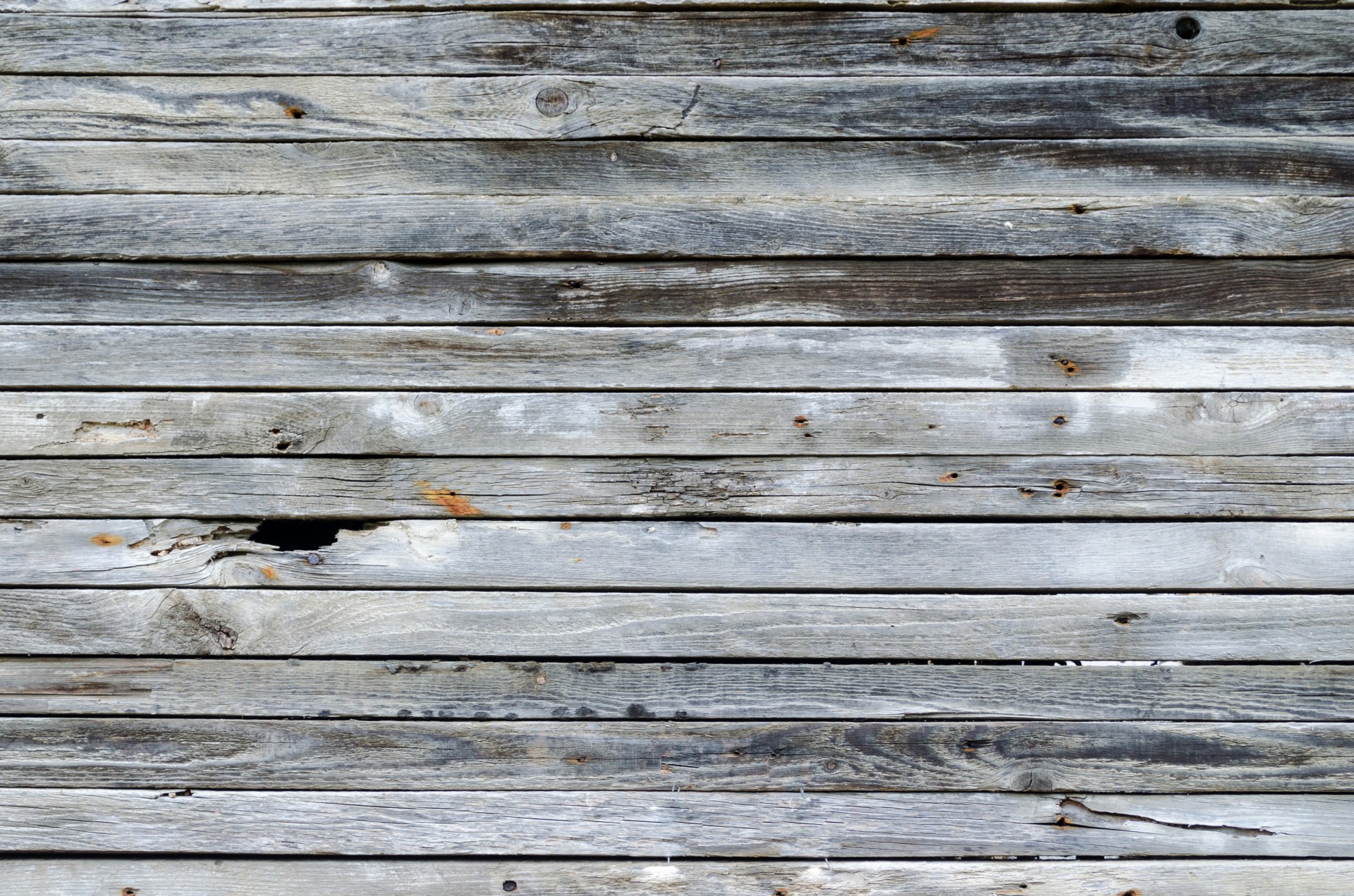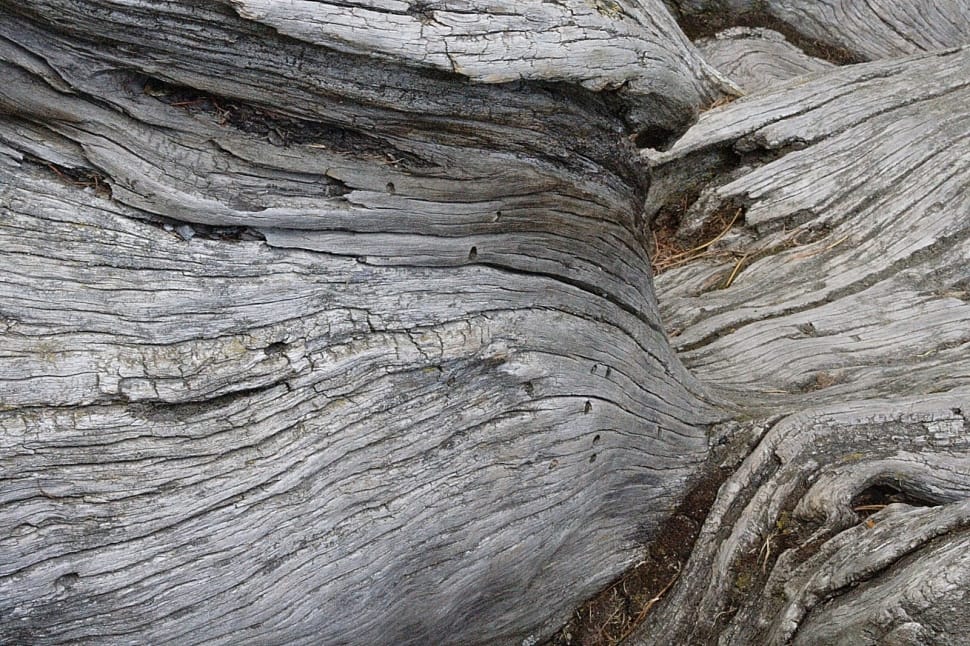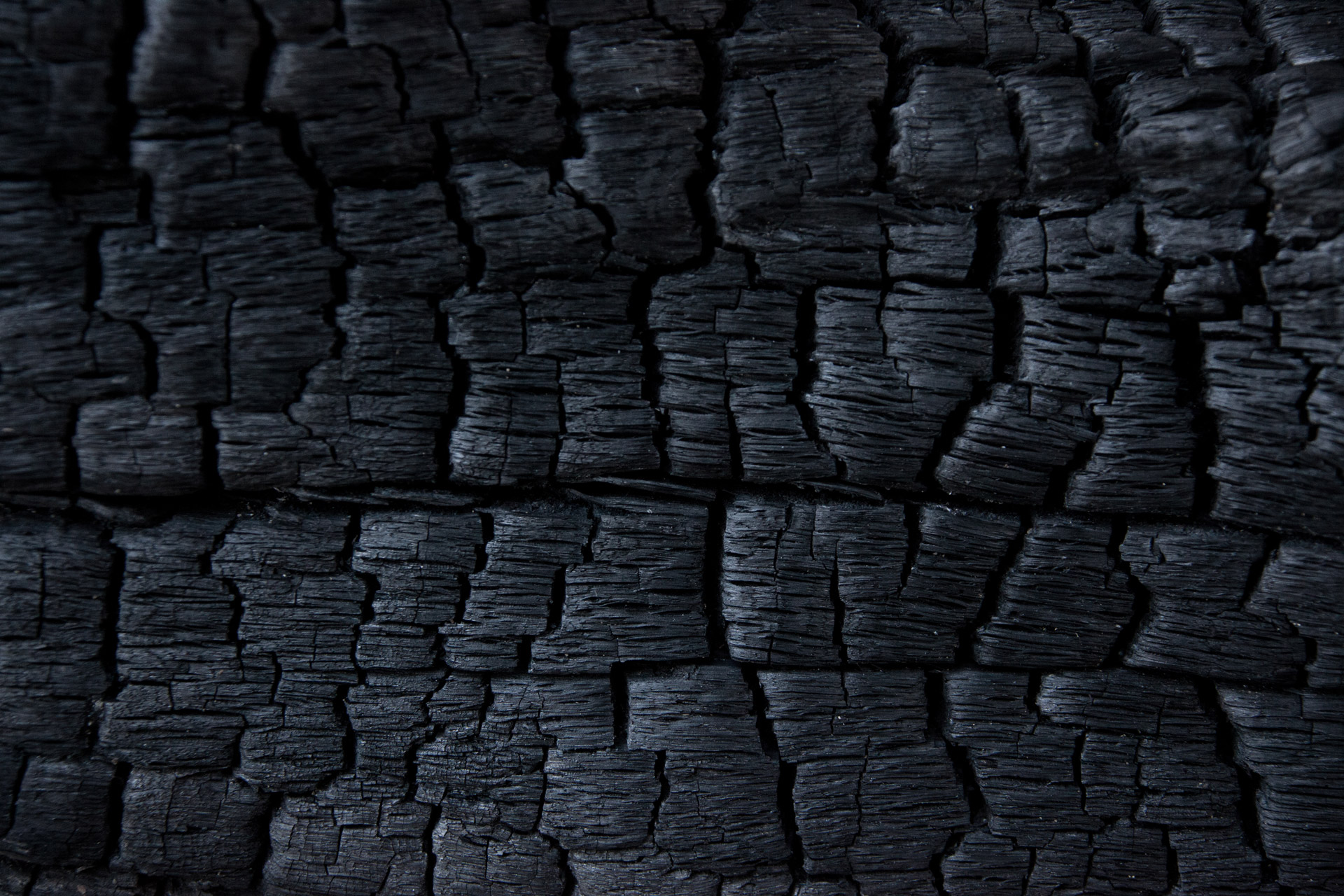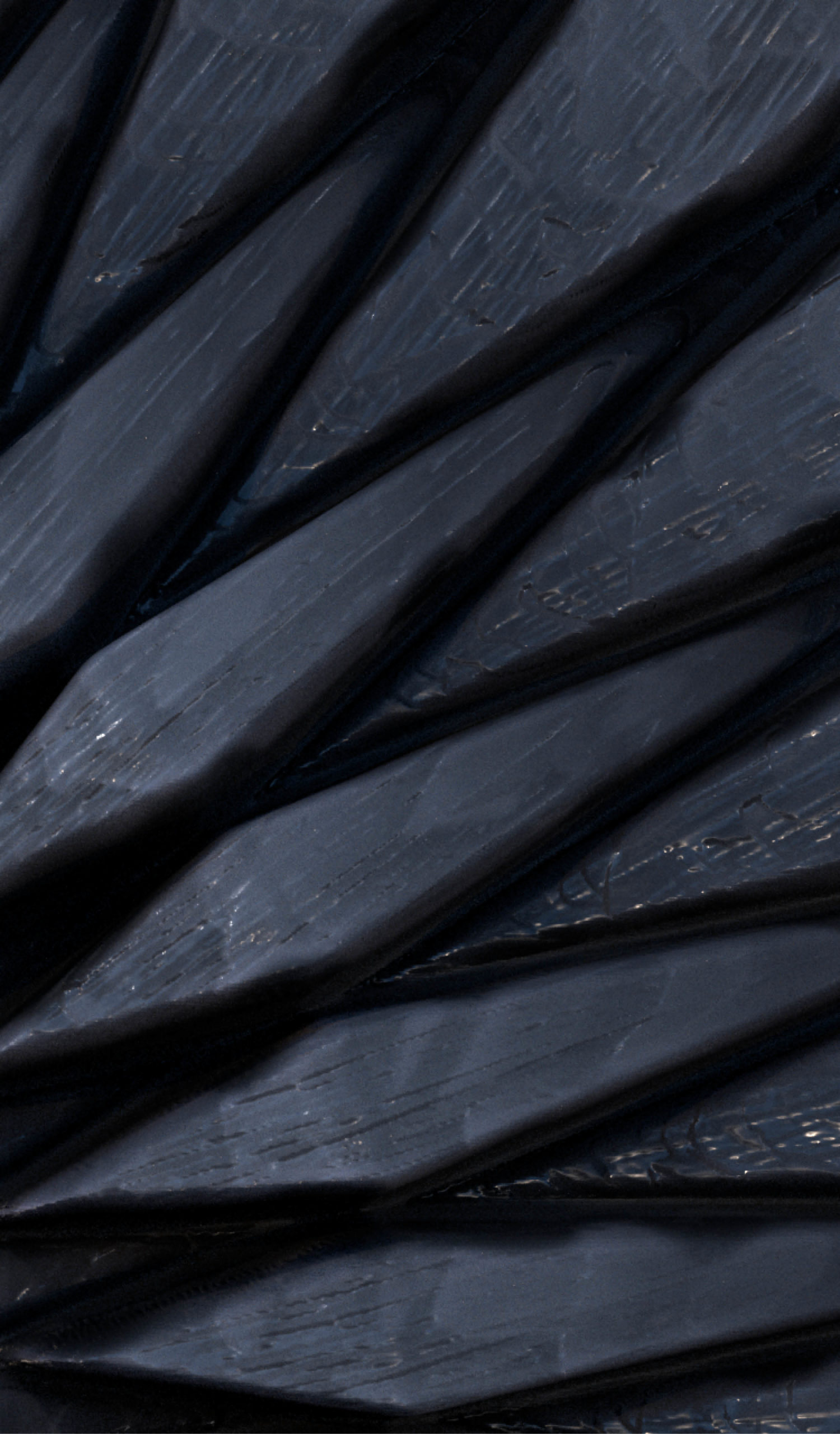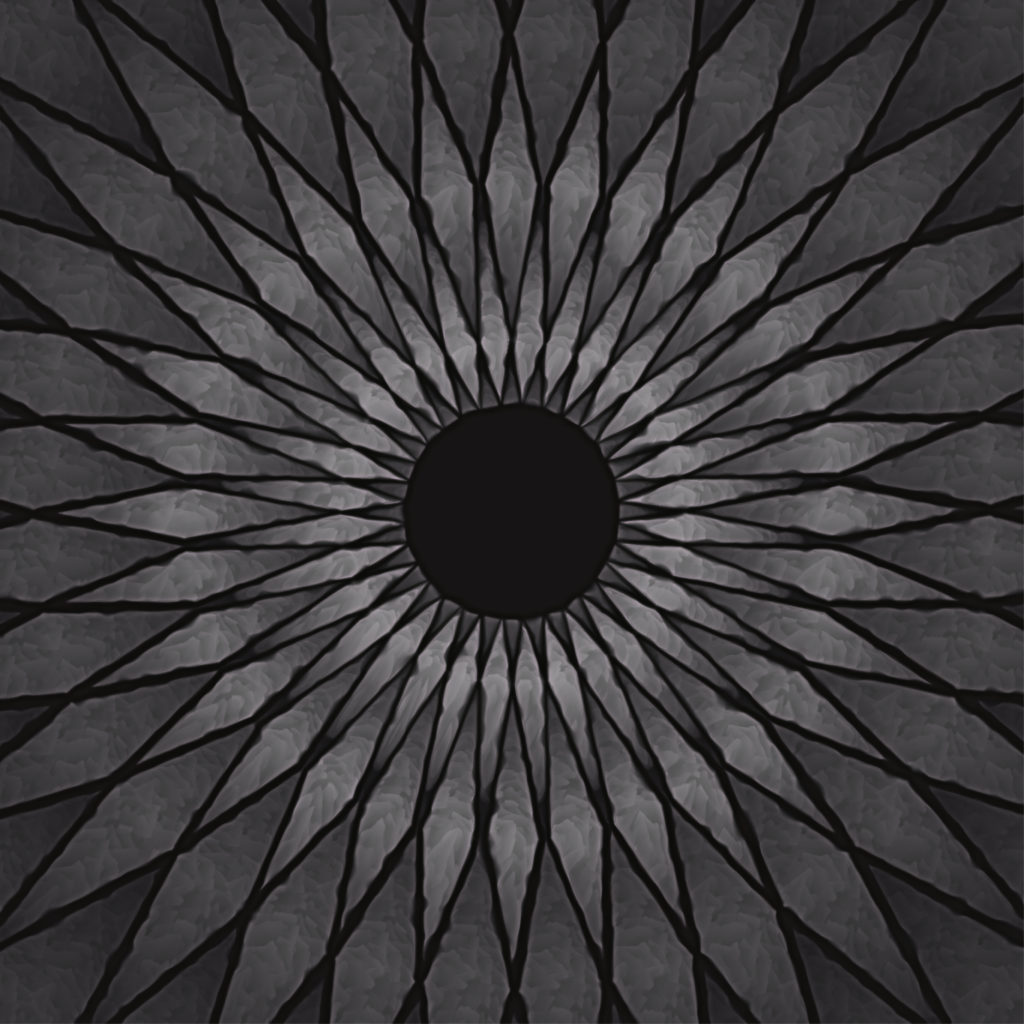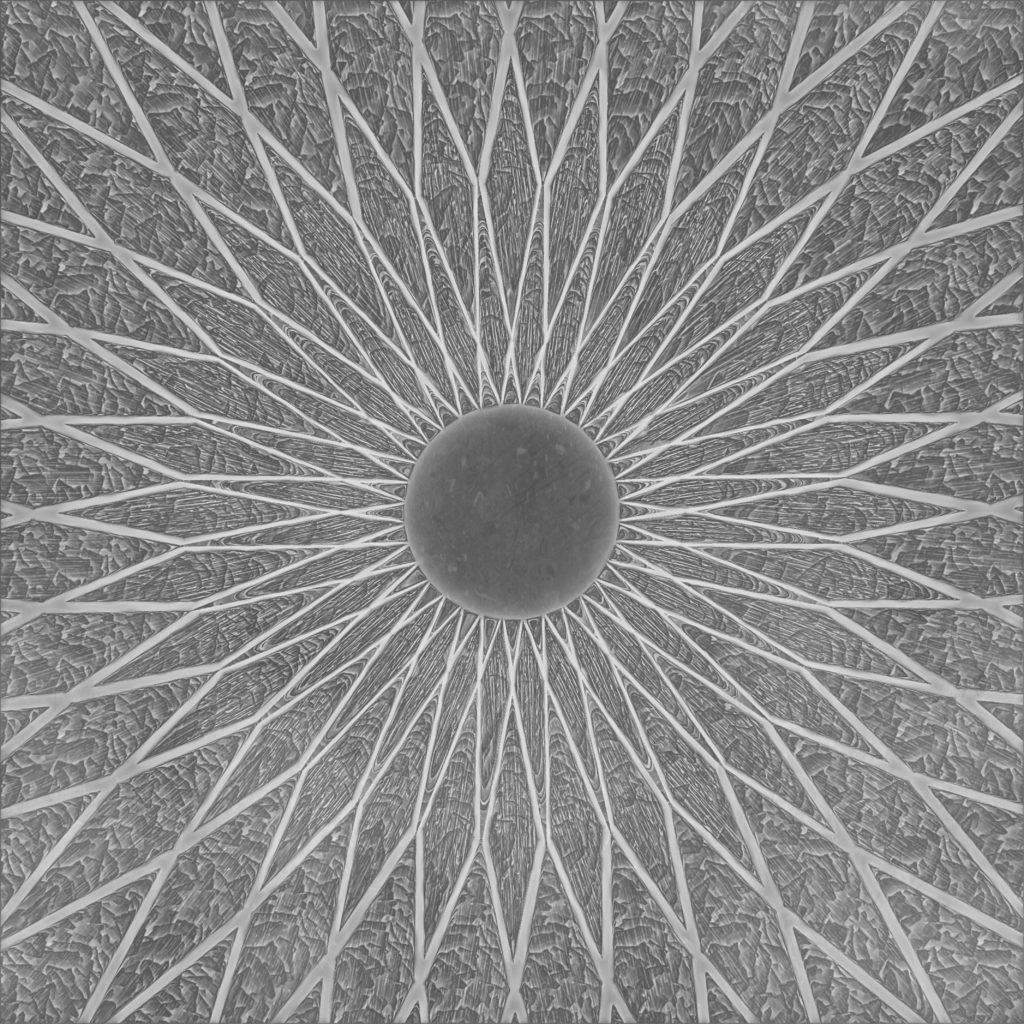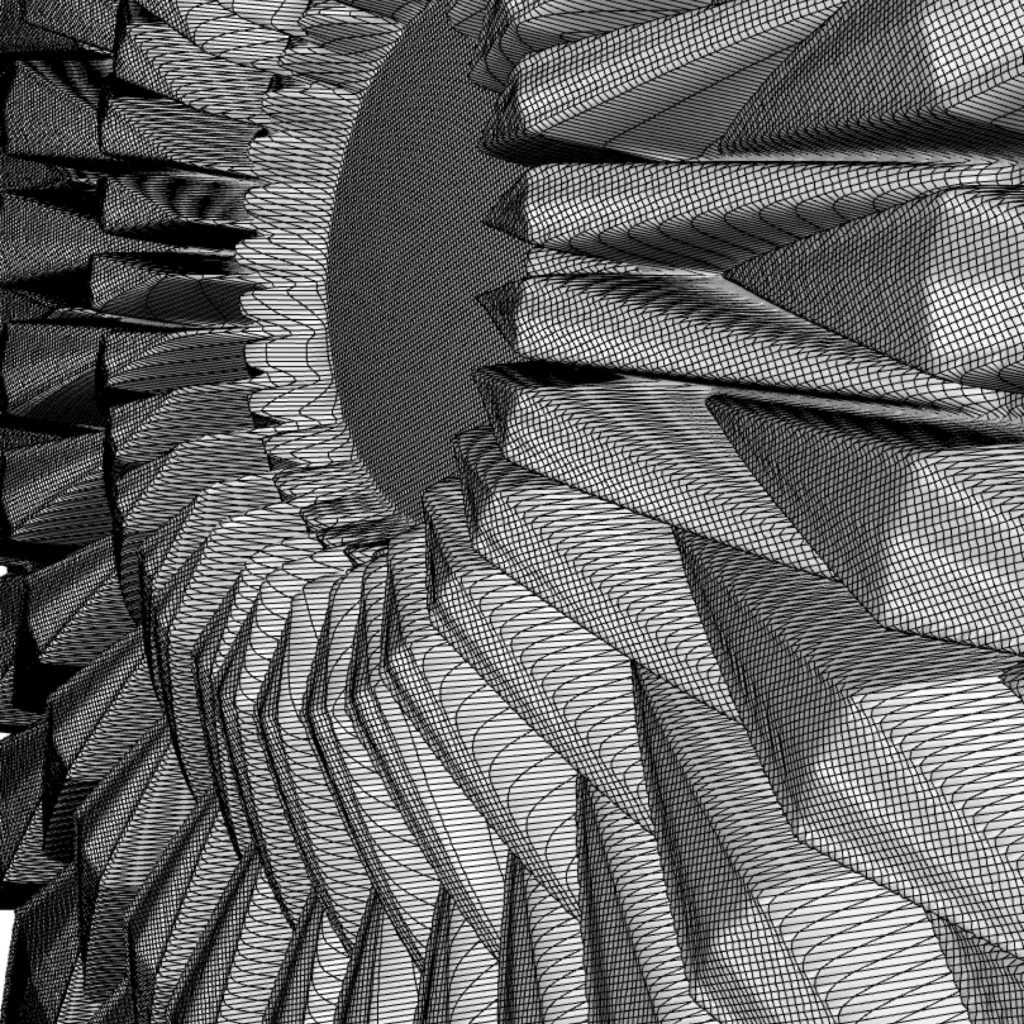Texture Directing
Texture is the language for haptic and tactile perception. Juhani Pallasmaa argues that “All the senses, including vision, can be regarded as extensions of the sense of touch”. This suggests that texture, as carrier of haptic and tactile information, adds layers of sensations, visual as well as touch, imagined or associated, to all experiences of architecture.
Texture of raw materials is an important part of cooking. Texture tells us if the food is fresh or ripe if it is cooked long enough or if it has gone over. A well composed dish involves an interesting mix of different textures that says something about the quality of the raw materials. Contrast in different textures stimulates our mouth senses, haptic as well as taste. Cooking is about finding the signifying properties in food and to prepare them in a manner that preserves or enhances these properties. These properties can also be seen as a narrative of a meal, for example a seasonal narrative like crisp spring vegetables or sweet juicy fruits of late summer. A good dish is composed of flavors that work well together but being able to identify the different ingredients as you eat is also a sign of quality. For this texture is crucial.
Similar statements can be made of architecture and textures in building materials. Texture tells us something about the material and its intended use. In the same way a texture in food can highlight a certain ingredient or flavor, a texture in architecture can put focus on, or program an element, a space or a surface with a human multisensory relationship. Experience of texture, or the narrative of texture, gives an impression of a material, its intended use, but it also drives associations to culture, traditions and embodied memories in each individual that are experiencing the texture. The use and combination of different aspects of texture and forms to evoke multiple associations is what is implied when directing of textures is mentioned within this thesis.

